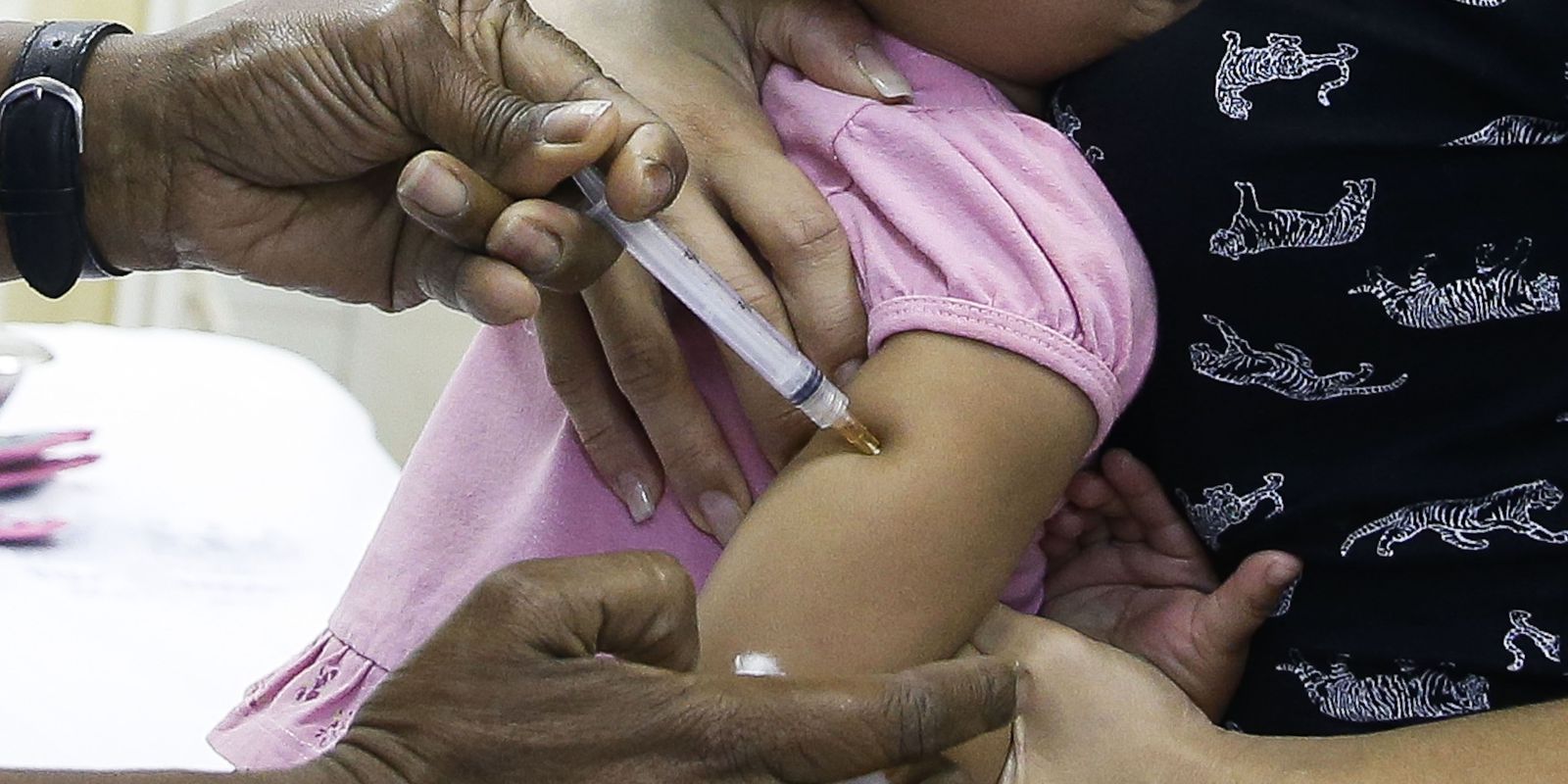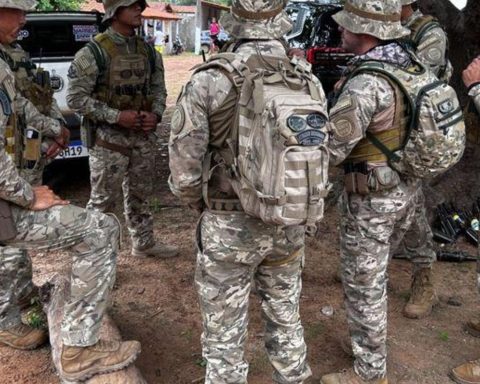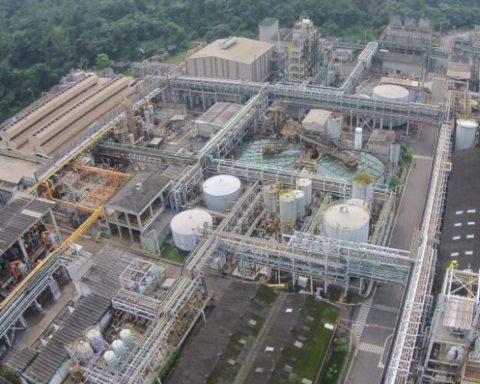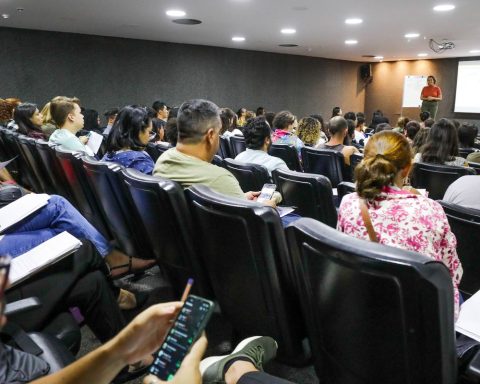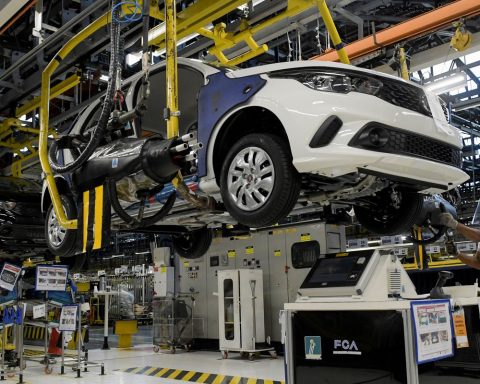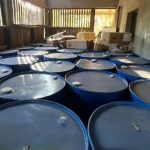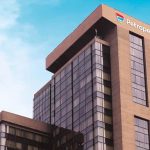10 years ago, Zé Gotinha gained a strong ally to keep infantile paralysis away from Brazilian children: the inactivated vaccine against poliomyelitis, whose intramuscular injection is considered more effective and safer than the famous drops that eradicated the disease in Brazil and in much of the world. Despite this, the decade-old anniversary of this vaccine in the National Immunization Program (PNI) is being remembered in August of this year with concern on the part of researchers and health authorities: while the disease reappears in some parts of the world, vaccine coverage against polio in Brazil is increasingly far from the target of 95% of children protected.
The inactivated polio vaccine was introduced in 2012 with two doses, but was expanded to three doses in 2016. The PNI recommends that they be administered at 2, 4 and 6 months of age, conferring immunity that is only reinforced at 15 months. and at 4 years, with the drops of the oral vaccine.
According to the National Immunization Program Information System (SI-PNI), the predicted doses for the inactivated polio vaccine last reached the target in 2015, when coverage was 98.29% of children born that year.
After 2016, coverage dropped to less than 90%, reaching 84.19% in 2019. In 2020, the covid-19 pandemic impacted the coverage of several vaccines, and this immunizer reached only 76.15% of babies. In 2021, which may still have data released into the system, the percentage was below 70% for the first time, with 69.9%.
If the country percentage indicates a scenario where three out of 10 children have not been vaccinated, the situation may be worse on a regional reading. While in the South the proportion is 79%, in the North it is 61%. The state in the worst situation, according to the data panel, is Amapá, where the percentage is only 44% of immunized babies.
Agência Brasil contacted the Ministry of Health to comment on the drop in polio vaccination coverage and strategies to reverse it, but had no response at the time of writing this report. In a position on the same topic released in February, the ministry said that it carries out communication actions throughout the year, not just during vaccination campaigns, to reinforce information on the safety and effectiveness of vaccines as a public health measure. .
polio free area
Brazil has not detected cases of poliomyelitis since 1989 and, in 1994, it received certification from the Pan American Health Organization (PAHO) as a free area for the circulation of wild poliovirus, together with the entire American continent.
The global victory over the disease with vaccination has reduced the number of cases worldwide from 350,000 in 1988 to 29 in 2018, according to the World Health Organization. Wild poliovirus today circulates endemically only in restricted areas of Central Asia, while in 1988 there was an international health crisis with 125 endemic countries.
Risk
The drop in vaccine coverage on the American continent, however, made the Pan American Health Organization (PAHO) list Brazil and seven other Latin American countries as high-risk areas for the disease to return. The alert comes in a year in which Malawi(https://agenciabrasil.ebc.com.br/saude/noticia/2022-02/polio-caso-na-africa-indica-necessidade-de-maior-cobertura-vacinal ), in Africa, reported a case of wild poliovirus again, and New York City, in the United States, reported a case of poliomyelitis with paralysis in an adult who would not have traveled abroad.
Paralysis
Infectologist Luiza Helena Falleiros Arlant points out that poliovirus infection is often asymptomatic, but it can be serious and cause irreversible and fatal paralysis, since, in addition to the limbs, polio can also paralyze the muscles responsible for breathing. In these cases, the patient’s survival may depend on the use of a respirator.
“There is only one way to prevent polio, which is through vaccination. But with a very low vaccination, there are more susceptible people. If we have almost 3 million live births a year, and if we have a vaccination rate of 60%, we have 40 % of almost 3 million who were not vaccinated”, warns the doctor, who is president of the Technical Chamber of Polio of the Ministry of Health and a member of the Brazilian Society of Immunizations (SBIm).
The infectologist points out that the three doses of the intramuscular vaccine leave children protected against the three serotypes of the poliovirus, while the drops immunize only against two of them. For parents who missed the moment of this vaccine or delayed any of the three doses, the specialist recommends that they return immediately to the posts to continue the vaccination schedule where it was interrupted.
“If a child has had a vaccine and has not received another dose for three years, he has to receive the second dose and, two months later, receive the third. No one starts the regimen again, they have to continue where they left off. And continue with the intramuscular vaccine”, says the doctor.
Mobilization
Luiza Helena Falleiros believes that the causes for the drop in vaccine coverage are multifactorial. They range from training employees at basic health units so as not to miss opportunities to vaccinate and talking about vaccination whenever families visit the posts to the living conditions of those responsible for the children who need to be vaccinated.
“Places have to open, preferably, from 7 am to 7 pm, because today you depend on work like never before and to lose a day of work today is to lose a plate of food on the table. You cannot demand that workers stop earning money to support a family with the basics to go to the health center. And still get there and find out that the vaccine has run out or that the vaccine didn’t come and have to come back the next day”.
A researcher at the Institute of Technology in Immunobiologicals (Bio-Manguinhos/Fiocruz) since the 1970s, Akira Homma participated in the work of structuring the production of vaccines against poliomyelitis in Brazil, which was decisive for the disease to be eradicated. For him, current vaccine coverage is very worrying, even in a country that is self-sufficient in the production of the intramuscular vaccine, in a partnership between Fiocruz and the pharmaceutical company Sanofi.
“When we used the attenuated virus vaccine to eliminate polio in the 1980s, there were national vaccination days that had the participation of the entire Brazilian society and volunteers in thousands of health posts, vaccinating 18 million children under 5 years in two or three days”, he recalls. “I don’t know if we would get that mobilization again, because the moments are different, the priorities are different, but we have to look for a message, because the message that is being transmitted is not reaching the population, it is not reaching the population”.
The eradication of polio itself, in the scientist’s opinion, caused the population to lose fear and interest in the disease, which was already a reason for fear of families around the world throughout the 20th century.
“The population today thinks they are already protected, but they are not”, he says, who advocates that another dose of the inactivated polio vaccine be included in the children’s vaccination schedule, and that an epidemiological investigation be carried out to find out how the immunity of adults who received only the oral vaccine.
